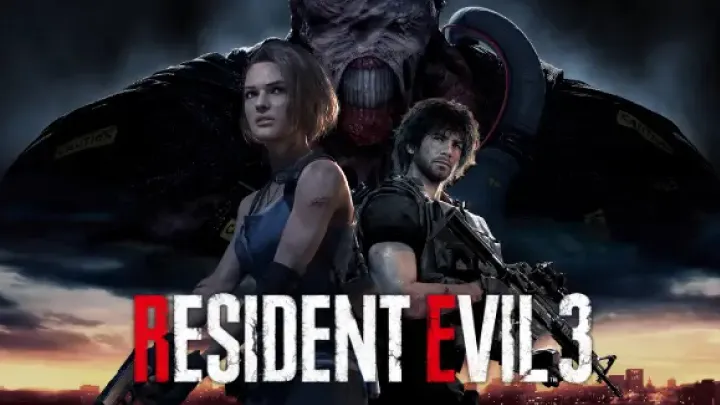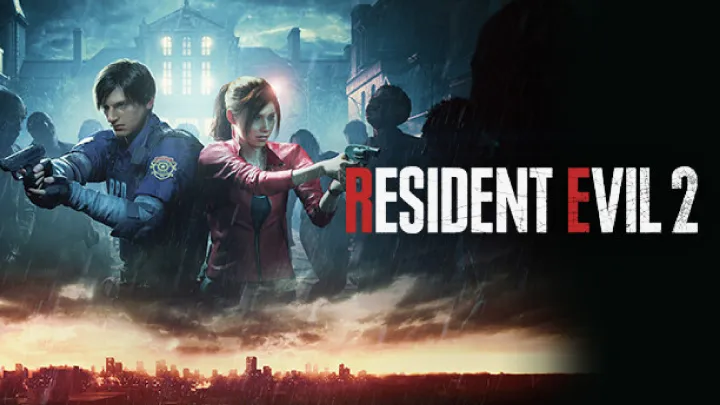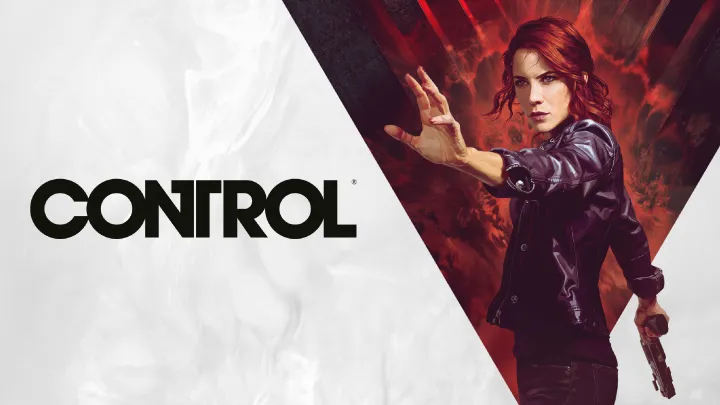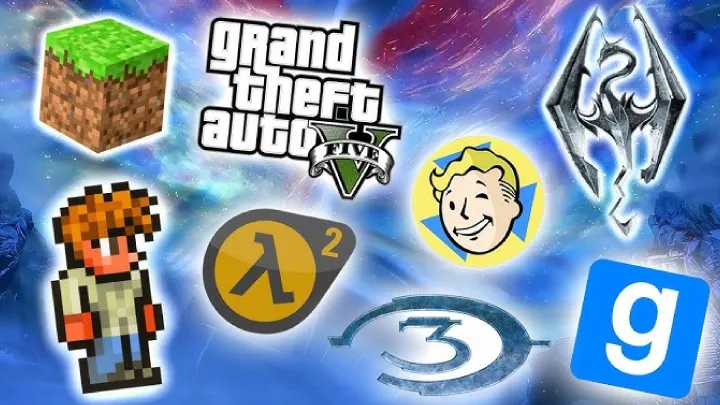Hades is more than just a roguelike — it’s a masterclass in storytelling, combat, and progression. You play as Zagreus, the rebellious son of Hades, battling your way out of the Underworld to reach the surface. But every run resets after death, forcing you to rebuild, replan, and refine your skills.
Success in Hades is not about luck. It’s about understanding weapons, choosing the right boons, managing resources, and learning how to survive against increasingly tough enemies. This guide breaks down the essential strategies to help you escape the Underworld and enjoy every fiery attempt along the way.
1. Learning the Basics of Combat
At its heart, Hades is about fast-paced combat and smart positioning.
Core Mechanics
- Every weapon has light, heavy, and special attacks — learn how to chain them.
- Dodging is critical. The dash is not only movement but also your lifeline against deadly enemy swarms.
- Enemy attack patterns are readable; once you recognize them, fights become easier.
Pro Tip: Don’t just mash attacks — weave dashes and specials into combos.
2. Choosing the Right Weapon
The game offers six main Infernal Arms, each with unique styles.
Main Weapons
- Stygian Blade: Balanced and beginner-friendly.
- Twin Fists of Malphon: Great for aggressive, close combat.
- Adamant Rail: A gun-like option for ranged play.
- Shield of Chaos: Defensive but versatile.
- Spear of Varatha: Excellent reach and control.
- Heart-Seeking Bow: High damage but requires precision.
Try each weapon multiple times — your personal preference will shape your playstyle.
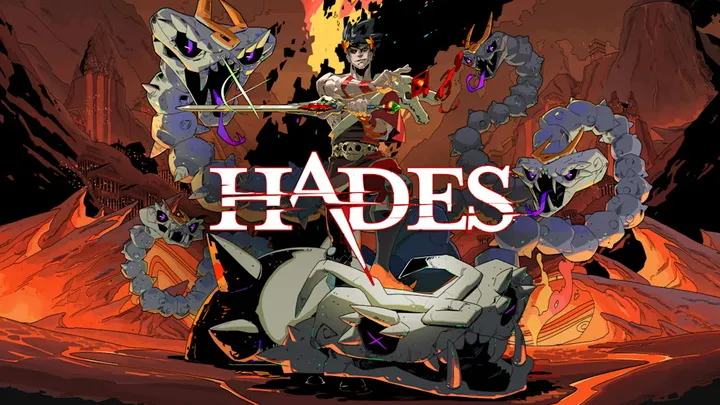
3. Understanding Boons and Gods
Boons from the Olympian gods define each run’s build.
Boon Basics
- Each god specializes in different effects (Poseidon = knockback, Zeus = chain lightning, Artemis = critical hits).
- Prioritize boons that synergize with your weapon.
- Duo boons (two gods combined) can be game-changing.
H3: Example Synergy
- Zeus Lightning on Fists → every punch sparks electricity.
- Artemis Critical with Bow → devastating critical chance on long-range shots.
4. Resource Management
Resources fuel your permanent progression.
Key Resources
- Darkness → upgrade Zagreus permanently.
- Keys → unlock weapons and Mirror upgrades.
- Gems → cosmetic and functional upgrades for the House of Hades.
- Titan Blood, Diamonds, Ambrosia → unlock weapon aspects and relationships.
Don’t waste rare resources early — save them for lasting upgrades.
5. Using the Mirror of Night
The Mirror is where you permanently improve Zagreus.
Best Early Upgrades
- Death Defiance → gives you extra lives.
- Shadow Presence → backstab damage boost.
- Greater Reflex → multiple dashes.
Over time, swap upgrades based on your preferred weapons and playstyle.
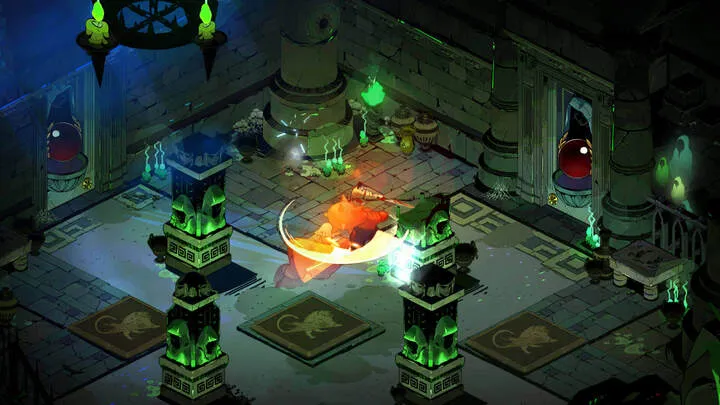
6. Learning Enemy Patterns
Each area introduces new enemies with unique mechanics.
Zone Breakdown
- Tartarus → basic mobs, good for practicing dodges.
- Asphodel → lava hazards force better movement.
- Elysium → shielded enemies and tougher champions.
- Styx → rats and poison hazards require careful planning.
Study patterns instead of rushing — knowledge is your greatest weapon.
7. Mastering Boss Fights
Bosses are the ultimate test of skill and patience.
Major Bosses
- Megaera & Furies → aggressive dash-heavy fights.
- Bone Hydra → learn head spawn patterns.
- Theseus & Asterius → one of the toughest duo battles.
- Hades → demands mastery of everything you’ve learned.
Pro Tip: Don’t panic. Most boss attacks have clear tells you can dodge.
8. Experimenting with Weapon Aspects
Weapon aspects radically change playstyle.
Examples
- Shield Aspect of Zeus → turn it into a spinning ranged weapon.
- Spear Aspect of Achilles → teleport to your thrown spear for mobility.
- Bow Aspect of Chiron → auto-target multiple arrows for high DPS.
Aspects allow near-infinite variety. Experiment until you find a “comfort build.”
9. Building Relationships and Story Progression
Unlike most roguelikes, Hades has deep narrative rewards.
Building Bonds
- Give Nectar to NPCs for Keepsakes.
- Advance conversations after each run to reveal new storylines.
- Some characters (like Thanatos, Dusa, or Megaera) offer long-term growth and dialogue arcs.
Story is as much a part of the game as combat — don’t ignore it.
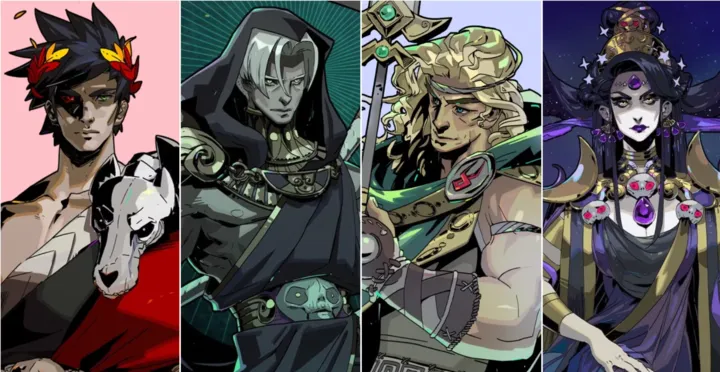
10. Long-Term Success and Heat System
Once you finally beat Hades, the game is far from over.
Heat Challenges
- The Pact of Punishment adds modifiers for extra difficulty.
- Increase Heat gradually instead of maxing it right away.
- Heat unlocks more rewards and keeps the game endlessly replayable.
The challenge grows, but so does your mastery. Each run is both progress and practice.
Conclusion
Hades is a game of persistence, skill, and discovery. Mastering weapons, learning boon synergies, upgrading wisely, and adapting to enemies are the keys to escaping the Underworld. Each death isn’t failure — it’s an opportunity to grow stronger, unlock more story, and refine your play.
With patience and strategy, Zagreus’ journey to freedom becomes not just a test of combat, but a personal odyssey filled with triumphs, setbacks, and the satisfaction of overcoming impossible odds.








